
The family Talpidae includes the moles who are small insectivorous mammals of the order Eulipotyphla. Talpids are all digging animals to various degrees: moles are completely subterranean animals; shrew moles and shrew-like moles somewhat less so; and desmans, while basically aquatic, excavate dry sleeping chambers; whilst the quite unique star-nosed mole is equally adept in the water and underground. Talpids are found across the Northern Hemisphere of Eurasia and North America, and range as far south as the montane regions of tropical Southeast Asia.

The subfamily Talpinae, sometimes called "Old World moles" or "Old World moles and relatives", is one of three subfamilies of the mole family Talpidae, the others being the Scalopinae, or New World moles, and the Uropsilinae, or shrew-like moles.

The Japanese mole, also known as Temminck's mole, is a species of mole endemic to Japan. A solitary and diurnal species, it can live for up to 3.5 years in the wild.

Kano's mole is a species of mole endemic to Taiwan. The specific name kanoana is derived from Tadao Kano, a Japanese naturalist who made the first record of these animals in 1940s.
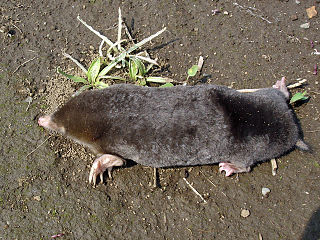
Mogera is a genus of mammals in the family Talpidae. Moles in this genus differ from Old World moles in the genus Talpa in having one fewer pairs of lower incisors and in having larger hind premolars in the lower jaw.

The insular mole is a species of mammal in the family Talpidae. It is restricted to Hainan Island and Taiwan, where it is also known as the Formosan blind mole. The species was first described by Robert Swinhoe in 1863.

The small Japanese mole is a species of mammal in the family Talpidae. It is endemic to Japan. Even though they are extinct in central Tokyo, they are found in the grounds of the Imperial Palace.
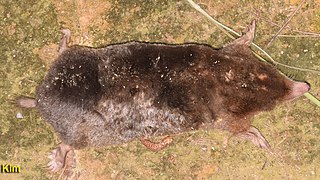
The Ussuri mole or large mole, is a species of mammal in the family Talpidae, formerlly treated as a subspecies of the Japanese mole. It is found in China, North Korea, South Korea, and Russia and lives in a long burrow, seldom emerging on the surface of the ground during the day.
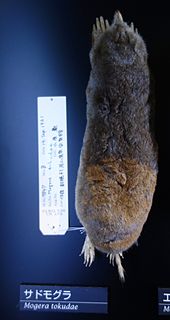
The Sado mole or Tokuda's mole is a species of mammal in the family Talpidae. It is endemic to Sado Island, Japan.
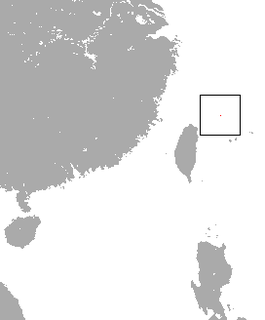
The Senkaku mole, also known as the Ryukyu mole, is a species of mammal in the family Talpidae. It was formerly classified as being the only species in the genus Nesoscaptor. It is endemic to the Uotsuri-jima of the disputed territory of Senkaku Islands, also known as the Diaoyutai Islands. It is most similar to the Insular mole of Taiwan and Mainland China.
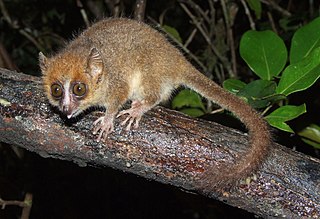
The mouse lemurs are nocturnal lemurs of the genus Microcebus. Like all lemurs, mouse lemurs are native to Madagascar.

Talpini is a tribe of mammals known as Old World Moles. It is a division of the subfamily Talpinae.
The Nosy Boraha mouse lemur is a species of mouse lemur described in 2016 from Madagascar. It was discovered by a team of researchers at the German Primate Center. It was initially discovered among closely related species such as Madame Berthe's mouse lemur, Bemanasy mouse lemur, and Ganzhorn's mouse lemur. Morphological similarity made it impossible to identify them as distinct species. A genetic study was done in collaboration with scientists at the University of Kentucky, the Duke Lemur Center and the University of Antananarivo in Madagascar. The mtDNA sequencing revealed that the species was unique.
The Bemanasy mouse lemur, Microcebus manitatra, is a species of mouse lemur described in 2016 from Madagascar. It was discovered by a team of researchers at the German Primate Center. It was initially discovered among closely related species such as Madame Berthe's mouse lemur, Boraha mouse lemur, and Ganzhorn's mouse lemur. Morphological similarity made it impossible to identify them as distinct species. A genetic study was done in collaboration with scientists at the University of Kentucky, the Duke Lemur Center and the University of Antananarivo in Madagascar. The mtDNA sequencing revealed that the species was unique.













